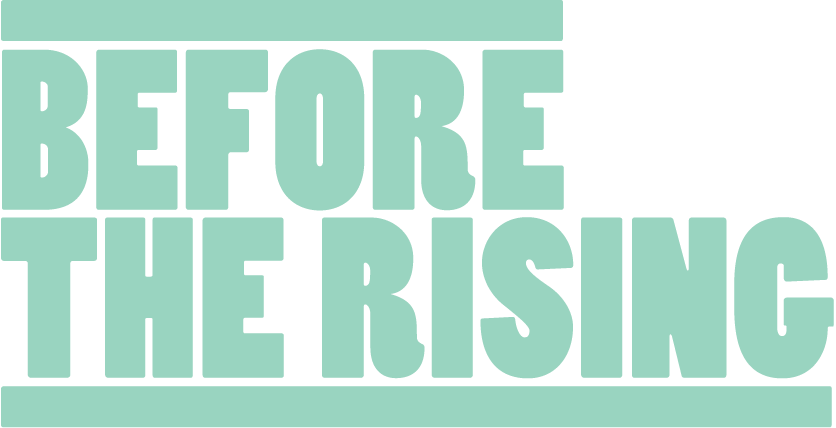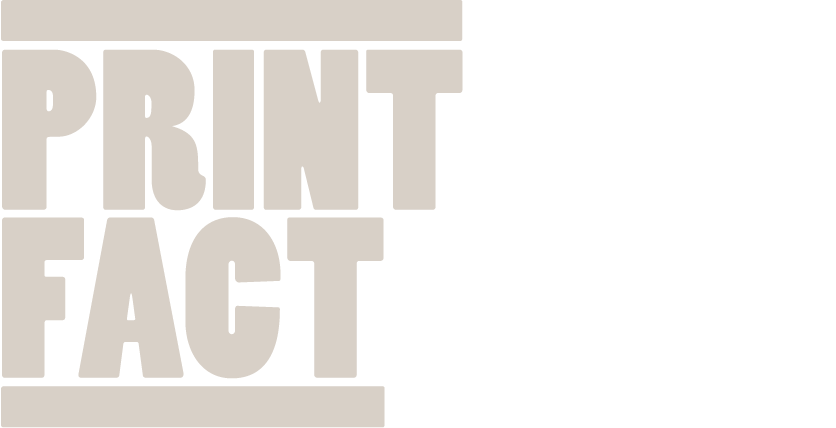
Politics and the print industry had a complex relationship in 1916 Ireland. As a commercial sector, the print industry produced vast amounts of stationary and advertising for the main political parties and the British administration. This often resulted in material from varying political points of view being produced in the same print shops.

Printer: A printer operates the printing press.
Compositor: A compositor sets and assembles the type.
Proofreader: A proofreader detects and corrects errors in the text and artwork before printing.
Editor: An editor is responsible for overseeing the content and positioning of print in a publication.
Bookbinder: A bookbinder assembles the stacks of printed sheets, binds them together and wraps them in a cover.
Founder: A founder is a person who establishes a newspaper.
Contributor: A contributor is a person who writes articles for inclusion in a publication.
However, a number of print shops were associated with the Gaelic League and the nationalist literary movement. This group of printers actively published works, which would not have been printed by the mainstream printers of the time, including works by Yeats, Synge and O'Casey.
In recognition of the power of print to inform and win public opinion, a nationalist print counter-culture existed in the form of journals, pamphlets and books. This ‘mosquito press’ circulated mainly in Dublin among radical political activists. In the case of the more seditious groups and individuals, small printing presses were often established in secret locations. By 1916, many of the key political activists were printers, compositors and editors.

When Molyneux wrote his famous book asserting the independence of the kingdom of Ireland and the responsibility to the Irish people alone of the Irish Parliament, he was boycotted by the respectable people, and the hangman publicly burned his seditious book, but his ideas no hangman could burn, and they remained secretly working in the minds of the English-speaking Irish.
Arthur Griffith • The Resurrection of Hungary
The National Print Museum is hoping to establish the Honour Roll of the print industry for 1916. Within the GPO Garrison, there were twenty-two printers; this represented the second largest professional grouping amongst the volunteers. Here we present a selection of the key political figures of the time whom were involved with print.
If you know of any family member or have information, which could assist please log onto our Facebook page and post your story or contact [email protected]